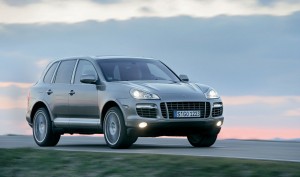Taming throttles
A while ago in a reply to another blog post, I wrote about the current Lancer Evolution that:
“The Evo should use far improved throttle mapping where blade angle is mapped against foot position and the calculated instantaneous tractive effort value. It should also use a smaller turbo. ”
At least one reader was so excited by this notion that he wished to “quietly roll up into a foetal position and rock back and forth on the floor”. However, leaving aside bizarre responses, it’s a concept sure to interest some.
I won’t discuss the ‘smaller turbo’ bit because most of you will have a good understanding of this idea. But what about the throttle mapping?
In electronic throttle cars, the relationship between the accelerator pedal position and the throttle blade opening no longer needs to be linear. In a linear system, the throttle blade would be half open at 50 per cent accelerator pedal travel, three-quarters open at 75 per cent accelerator pedal travel, and so on.
- » Continue reading or Comments Comments Off on Taming throttles

 Julian Edgar, 50, has been writing about car modification and automotive technology for nearly 25 years. He has owned cars with two, three, four, five, six and eight cylinders; single turbo, twin turbo, supercharged, diesel and hybrid electric drivelines. He lists his transport interests as turbocharging, aerodynamics, suspension design and human-powered vehicles.
Julian Edgar, 50, has been writing about car modification and automotive technology for nearly 25 years. He has owned cars with two, three, four, five, six and eight cylinders; single turbo, twin turbo, supercharged, diesel and hybrid electric drivelines. He lists his transport interests as turbocharging, aerodynamics, suspension design and human-powered vehicles.

